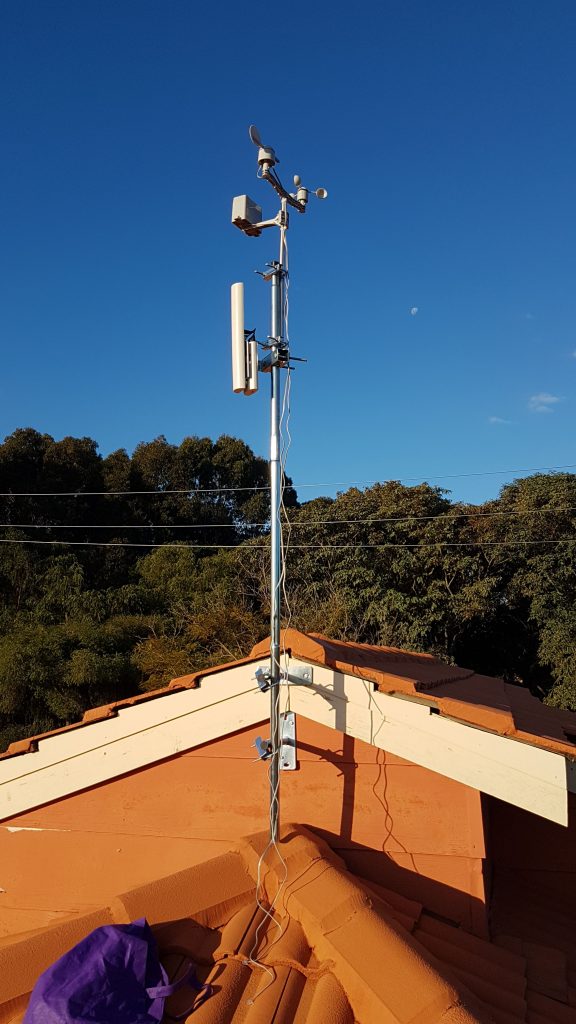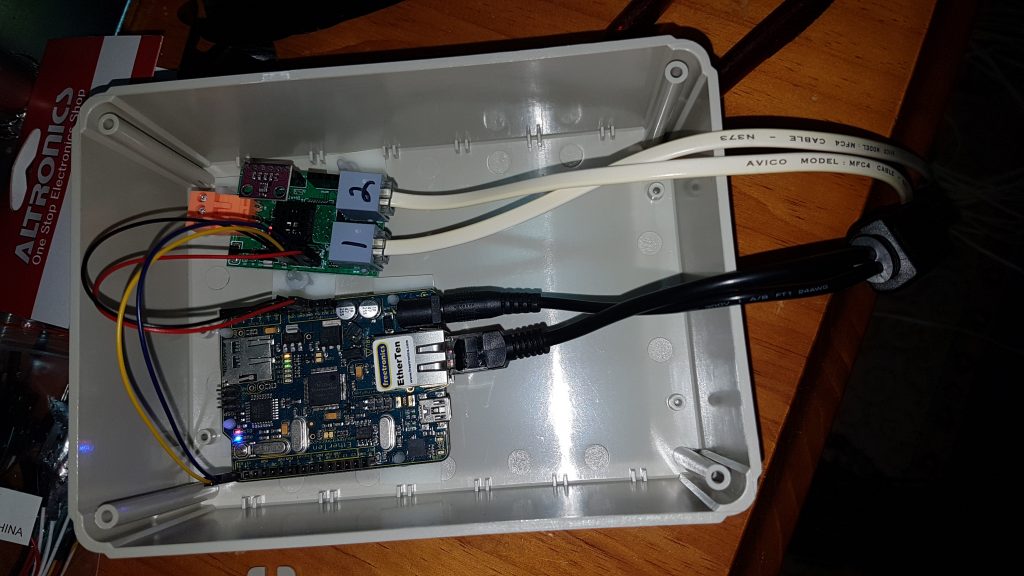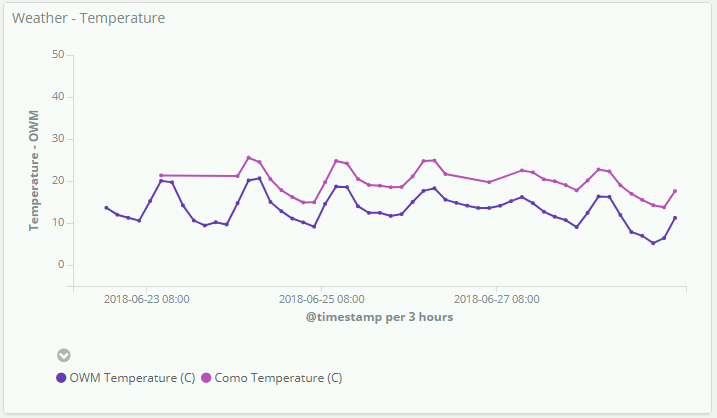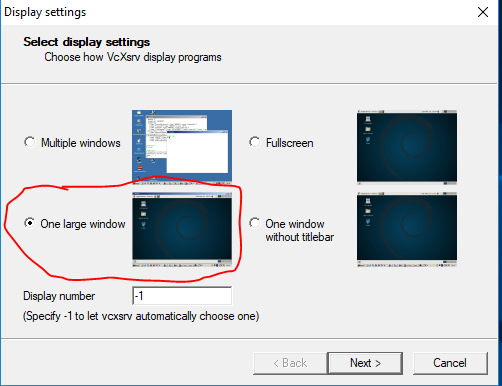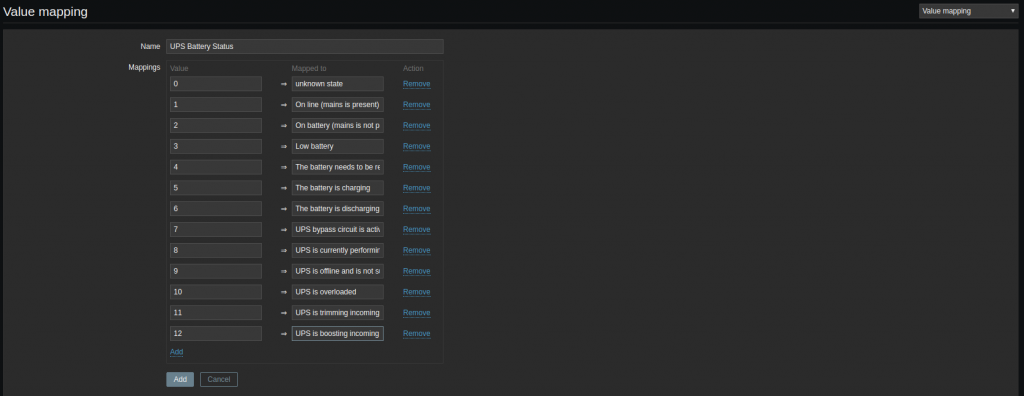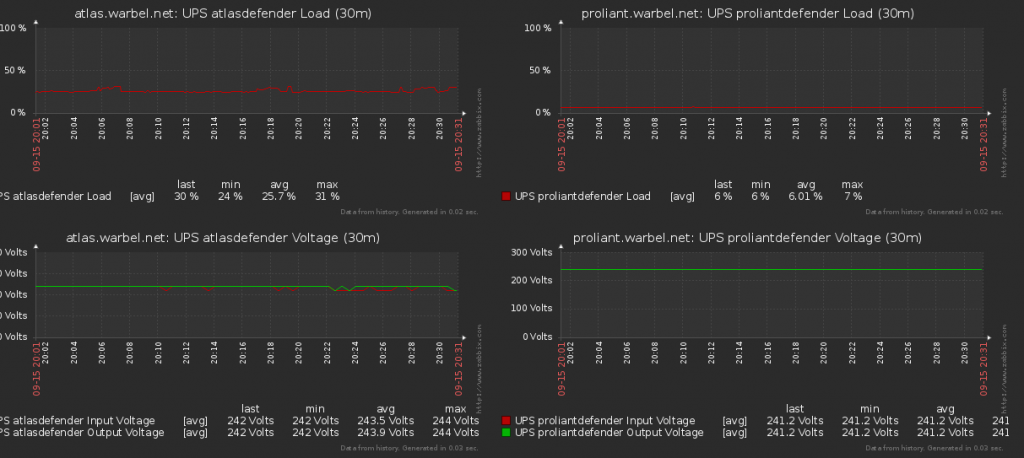This is a quick tutorial on how to setup Gitea on Ubuntu 18.04.2 using Linux Containers (LXC). As I’ve already setup LXC, this will assume you already have a working configuration. I’ve also assumed you have Apache 2 working with the proxy modules running.
Why Use Gitea?
Gitea is an opensource replacement of Github, with many of the same features. While I personally use and enjoy Github, I’ve always wanted the freedom to keep my code on my server. If Github ever changes, I’ll always have my own repositories protected and managed in a way that I choose.
Getting Started:
In my example, I’ll be creating a new Ubuntu LXC container from the image ‘ubuntu’ called gitea and then opening a shell in the new container.
$ lxc launch ubuntu gitea; lxc exec gitea -- bash
From the shell, update all the packages, install bash-completion, create a new non-super user account for yourself and for the new service, gitea:
# apt update; apt full-upgrade -y; apt install bash-completion ssh
# adduser <your-username>;adduser git --system;sudo addgroup git
# exit
Log into your new container via ssh with your unprivileged account. First check the IP address with lxc list:
lxc list
ssh <username>@ip_address
Create the directories you need for gitea and change the permissions:
$ sudo mkdir -p /etc/gitea /var/lib/gitea
$ sudo chown git:git /etc/gitea /var/lib/gitea
Download gitea, check the version, as the current version was 1.7.0 at the time of writing:
$ cd /usr/local/bin
$ sudo wget -O gitea https://dl.gitea.io/gitea/1.7.0/gitea-1.7.0-linux-amd64
At this point you should be good to follow the instructions on Gitea to setup the service: https://docs.gitea.io/en-us/linux-service/
At this point, the last step is to start the service and get the basic configuration done. You’ll need to log into the service on the ipaddress:3000 of the container.
I’ve chosen to setup gitea with a sqlite3 db for simplicity. In larger organisations, you might consider using a mariadb/mysql and setting up LDAP integration.
Setting up Apache
To simplify and easily identify my sub-domain configuration, I have separate config files for each website and I recommend you doing the same. Create your config file in /etc/apache2/sites-available. As I have a wildcard certificate from letsencrypt, I can simply reuse large chunks of configuration from other virtual hosts. In my example, my gitea website is called gitea.warbel.net.
Apache is running on another LXC container, which I’ve logged into.
$ sudo touch /etc/apache2/sites-available/006-gitea.warbel.net.conf
Open the new file and copy in the config. At this point consider looking at the documentation from gitea: https://docs.gitea.io/en-us/reverse-proxies/
However my configuration is here. Note that it actually includes two configurations. The first on port 80, redirects the user to port 443. That section follows on. As it reverse proxies the entire subdomain, pay close attention to the proxypass and proxypassreverse directives; a missplaced ‘/’ can really screw things up!
Setting Up Gitea
At this point you should be able to connect to your gitea website on its subdomain. As the documentation on the gitea website makes clear, be sure to make gitea aware that it is behind a proxy by setting the directive in the application config:
[server] ROOT_URL = http://git.example.com/git/
Other Considerations
I set my gitea up with sqlite3 as the database driver, for simplicity’s sake. Given I already have mariadb established I could have configured it with a database, but give the traffic considerations (ie, I’ll likely be the only contributor) its seemed like overkill.
Additionally, I have reconfigured my LXC container to set itself up with a static IP address and added its IP address to my ansible update scripts for maintenance/documentation purposes. I’ve also setup gitea with a email address on my mail server to ensure that it can email me notifications.
Troubleshooting
Most of the problems I faced were quite early on – and mostly centred around directory and permissions. If you run the gitea service manually, check the logs/output of systemctl for any errors.
